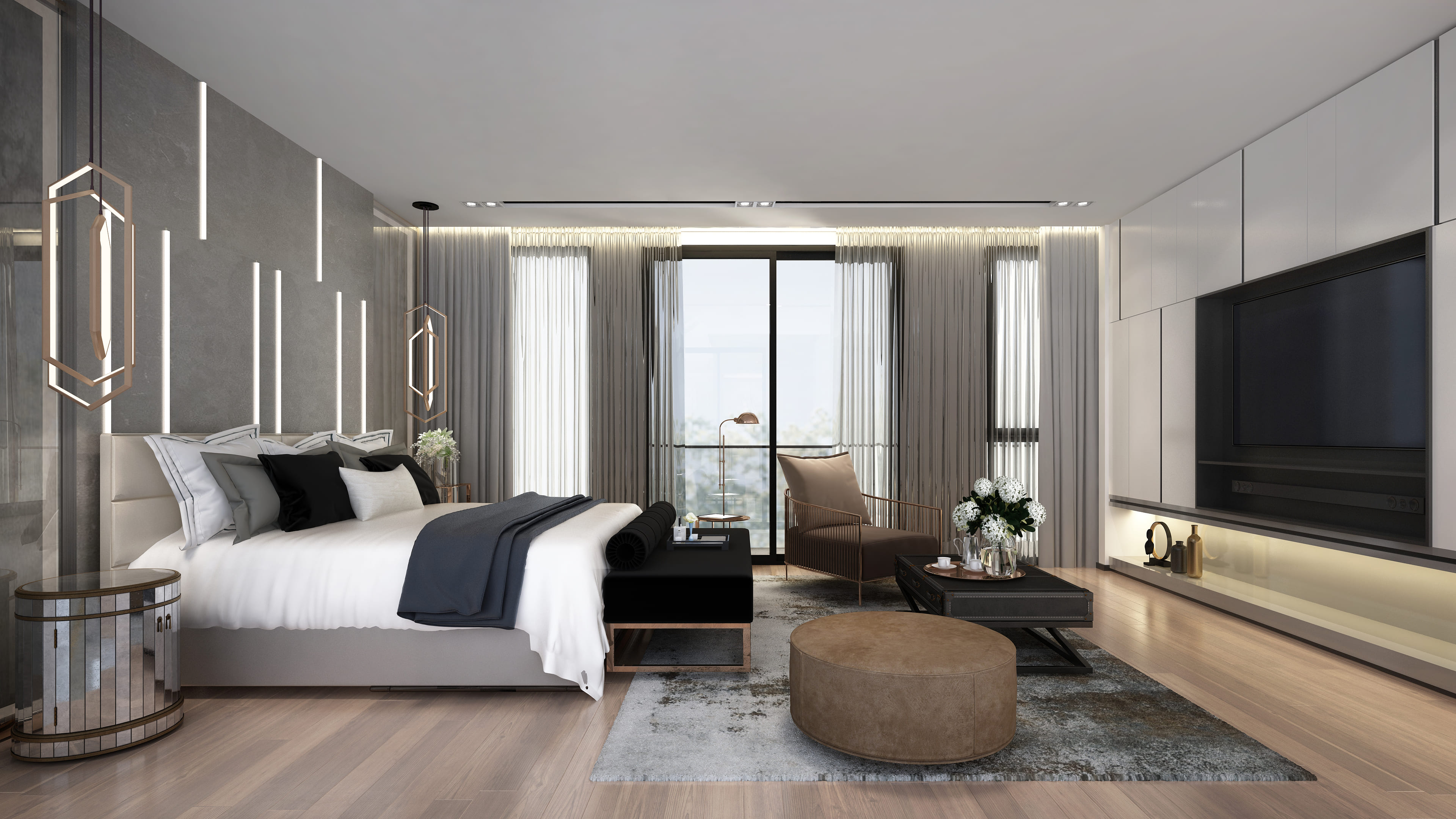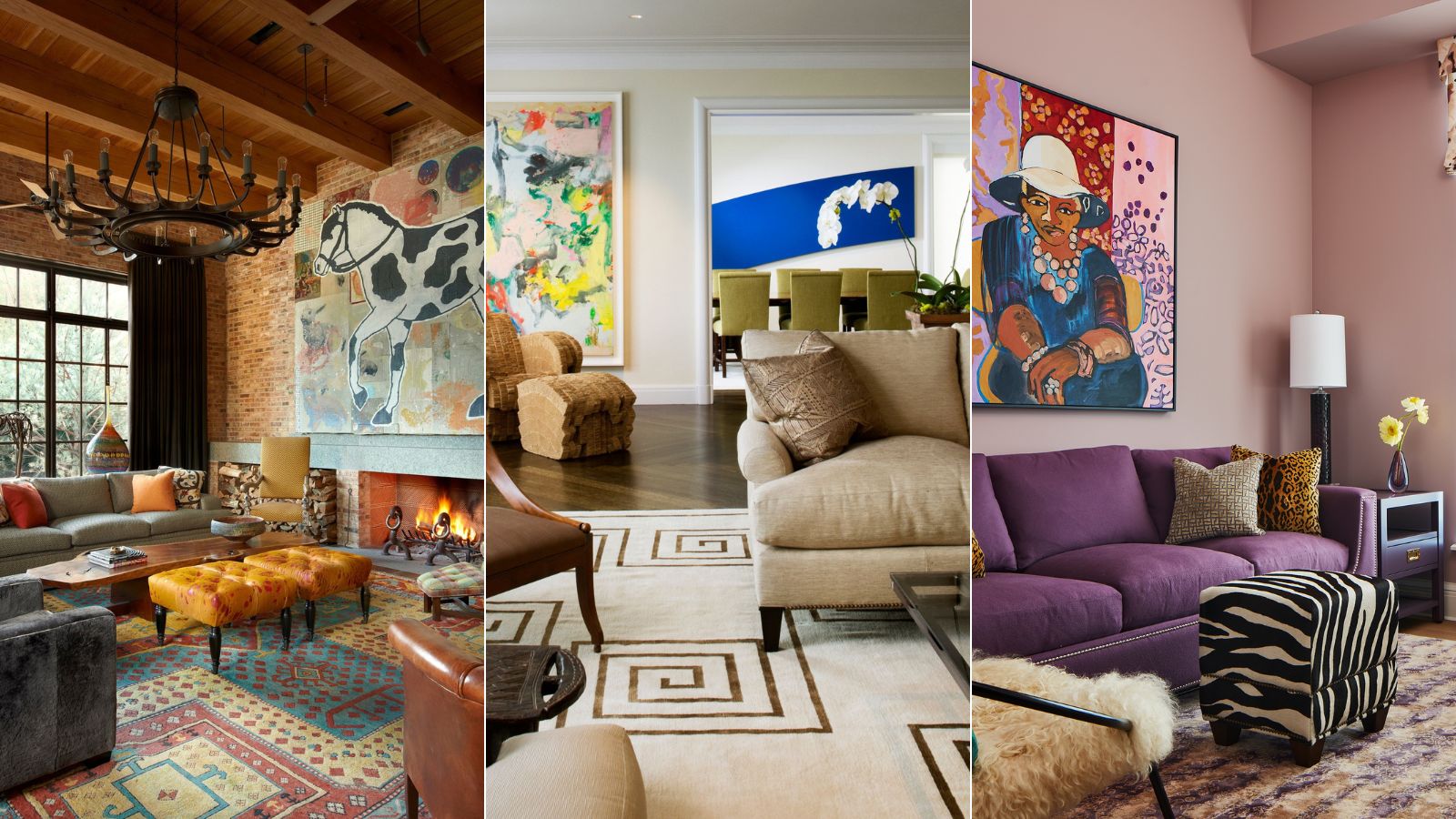Interior design is the art of transforming the look and feel of a space, creating environments that are functional, aesthetically pleasing, and tailored to the needs and preferences of the occupants. From color palettes to furniture arrangement, interior design plays a pivotal role in shaping the ambiance of our homes and workspaces. In this article, we’ll explore the world of interior design, its significance, and tips for creating harmonious interiors.
The Significance of Interior Design
Interior design is more than just decorating; it is instrumental for several reasons:
1. Aesthetic Appeal
Well-designed interiors create visually appealing spaces that evoke emotions and leave a lasting impression.
2. Functionality
Effective interior design optimizes the use of space, making it both practical and efficient.
3. Personalization
Interior design allows individuals to express their personalities and preferences through their living and working spaces.
4. Comfort
A thoughtfully designed interior can enhance comfort and well-being, promoting a positive lifestyle.
5. Value Addition
Well-executed interior design can increase the value of a property, whether it’s a home, office, or commercial space.
Key Elements of Interior Design
Successful interior design incorporates various elements and principles, including:
1. Color
The choice of color influences the mood and atmosphere of a space. Different colors evoke different emotions, making color selection critical.
2. Furniture and Layout
Furniture selection and arrangement are essential for both function and aesthetics. The arrangement of furniture affects traffic flow and the overall balance of the room.
3. Lighting
Proper lighting enhances the visual appeal of a space. It includes natural light, artificial lighting, and fixtures.
4. Texture
Texture adds depth and visual interest to a room. It can be incorporated through fabrics, wall coverings, and materials.
5. Accessories
Accessories like artwork, decorative objects, and plants add the finishing touches, personalizing the space.
6. Space Planning
Effective space planning involves optimizing the layout and organization of a room to maximize its potential.
Interior Design Styles
Interior design encompasses various styles to suit different tastes and preferences, including:
1. Modern
Characterized clean lines, minimalism, and a focus on functionality.
2. Traditional
Inspired classic designs and timeless elegance, often featuring ornate details and rich color palettes.
3. Contemporary
A blend of modern and traditional elements with a focus on simplicity and clean design.
4. Industrial
Inspired factories and warehouses, featuring raw materials like metal and exposed brick.
5. Bohemian
Eclectic and vibrant, embracing a mix of patterns, colors, and cultural influences.
6. Scandinavian
Known for simplicity, minimalism, and a strong emphasis on natural light and materials.


